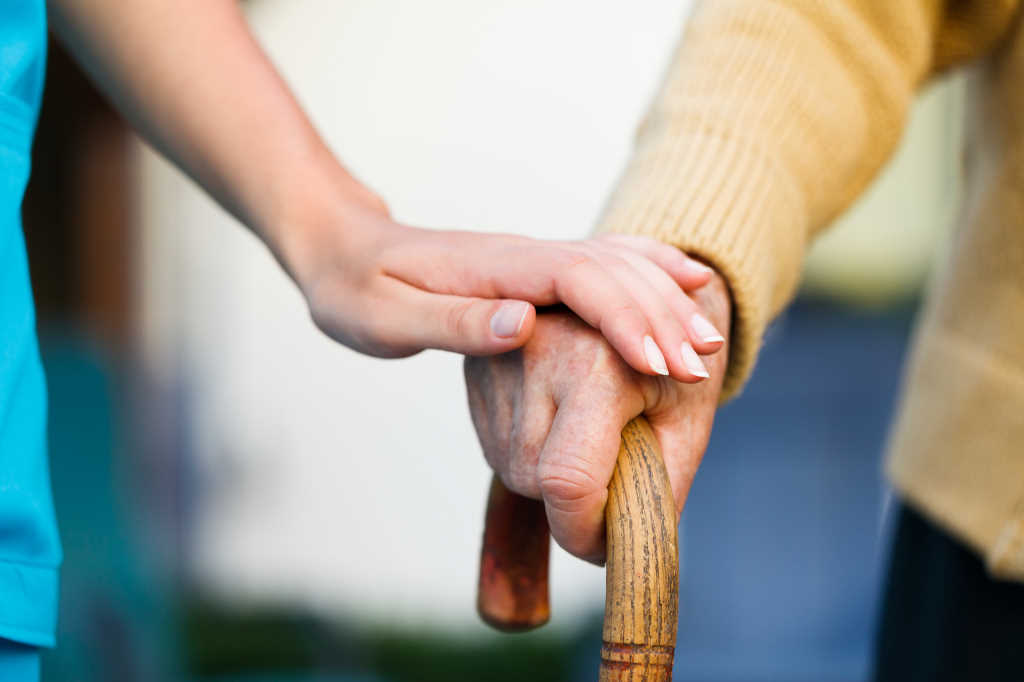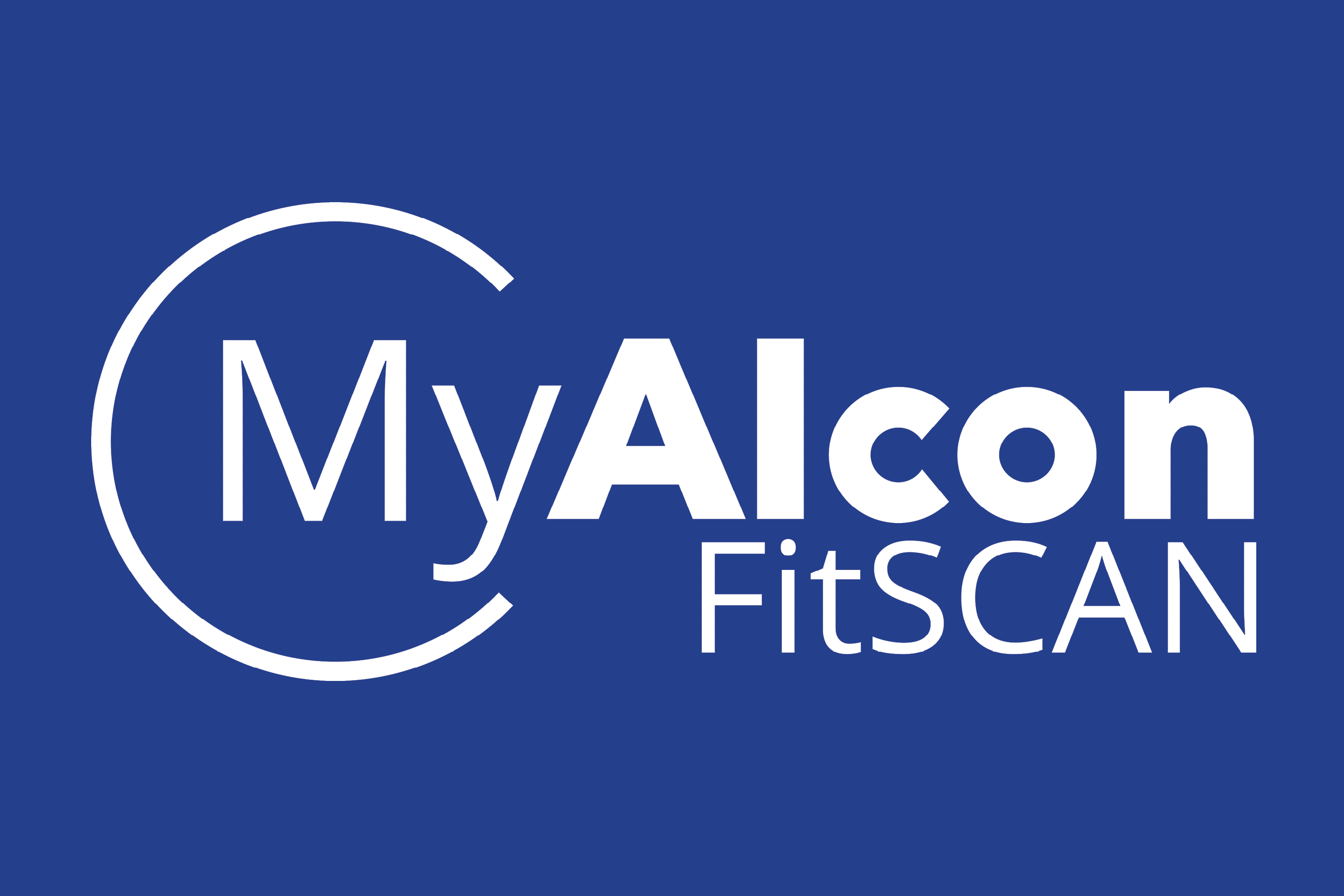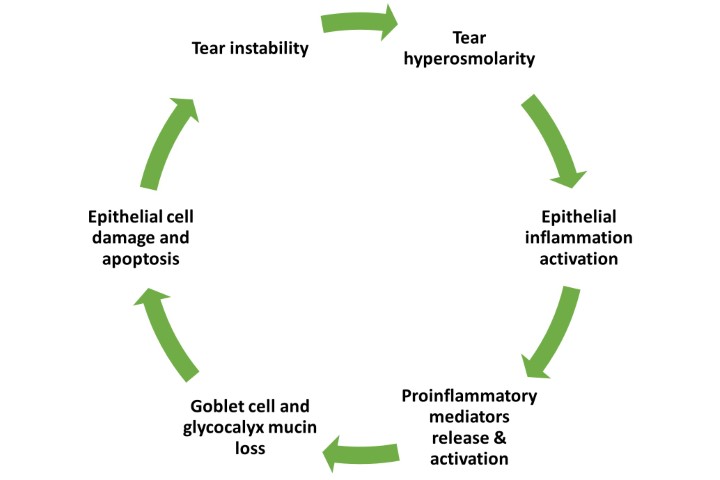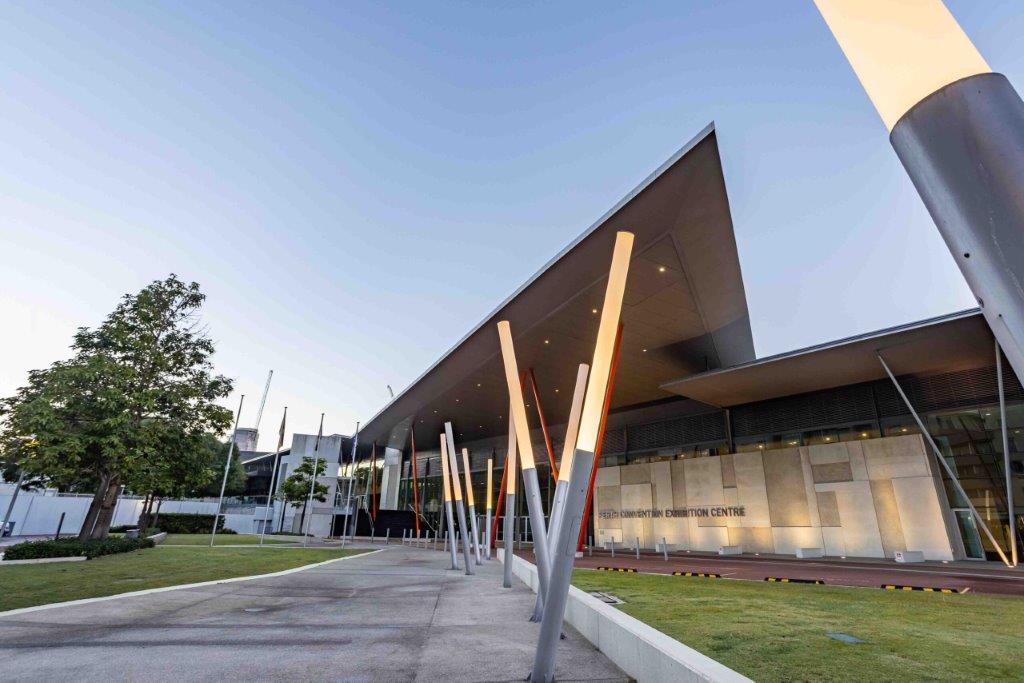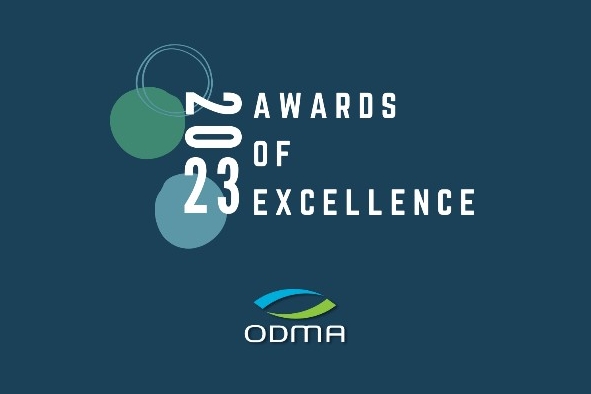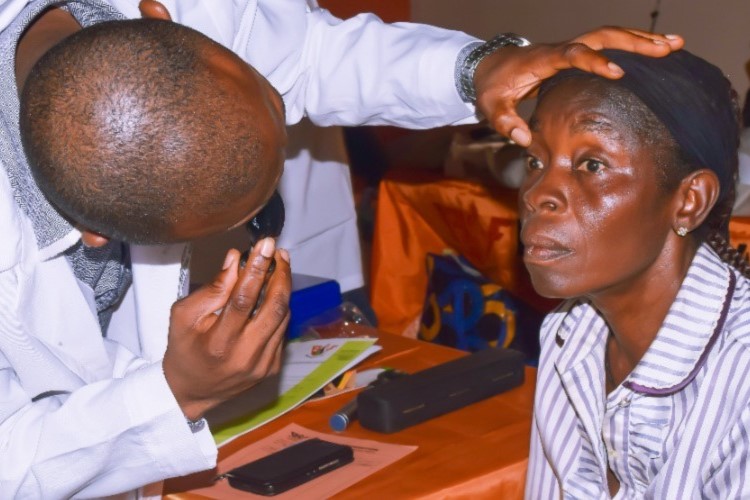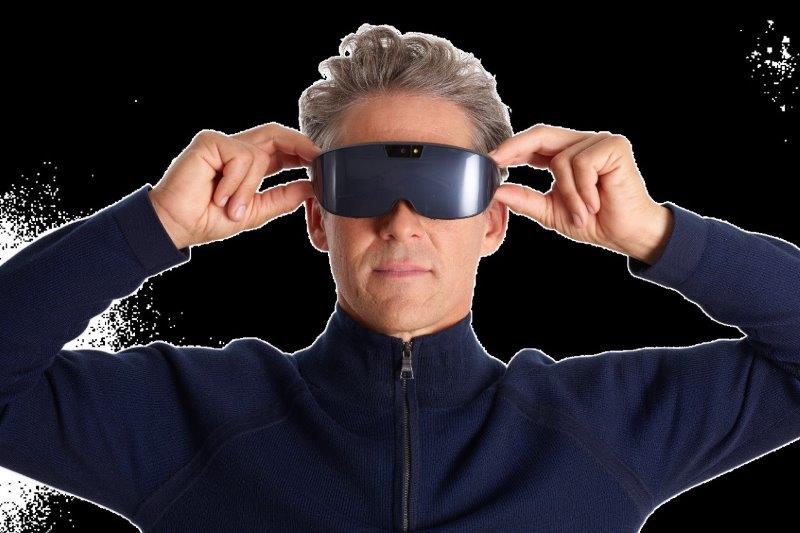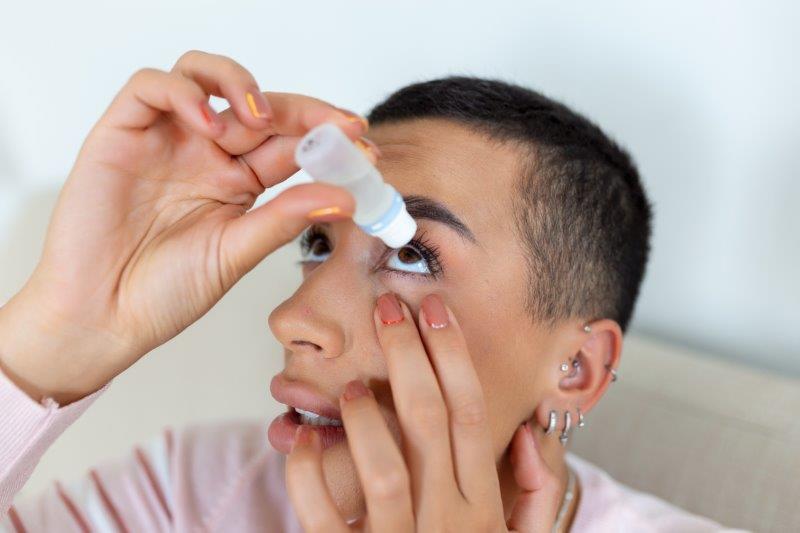Dropped stitches in Health NZ’s tapestry
The creation of Health New Zealand meant expectations were high for the Digital Health Leaders conference in Wellington from 5-6 September. Stuart Bloomfield, the new health authority’s acting head of data and digital, said it was an opportunity for a once-in-a-generation transformation to a single health system, the last time being in the 1930s. Ryl Jensen, CEO of New Zealand vendors group the Digital Health Association, declared, “We have reached a moment in time where technology has achieved critical mass and is advanced enough to bring a whole health system together.” While the former health minister, now minister for the digital economy and communications, Dr David Clark had earlier announced in the government’s Digital Strategy for Aotearoa that, “New Zealand stands on the precipice of a huge opportunity to design, build and use digital technologies in world-leading, ethical, equitable ways”¹.
Topics were shared between invited plenary speakers and discussions at 11 separate tables, covering two main themes: the equity issue for Māori, whose health outcomes have been persistently poor compared to the general population, and the promotion of health IT with large-scale funding. Sharon Shea, a principal speaker and co-chair of the Māori Health Authority Board, said there could be no such thing as neutral when it comes to equity – we may have to level the floor to raise the ceiling. “The whanau voice must be heard. We need to change the narrative and celebrate te reo Māori. Our mokopuna shall inherit a better place than I inherited,” she said.
Margie Apa, CEO of Health NZ, participating via Zoom, said she wanted to enable and support Māori sovereignty. “We must start where (the people) are, otherwise technology is not that useful,” she said, advocating shifting care from hospital to community services through information sharing. She also called on us to pool our skills to support our healthcare system and be open to the experience of others, including those overseas.
Hira, a Māori word meaning ‘to have a widespread effect’ is a work programme to facilitate the sharing and integration of healthcare data2. It is co-designed with Māori experts to enable both the transition to modern digital services and to address historical inequities. It is to be a connected ecosystem with a national cybersecurity programme. At the meeting, the emphasis was on community, since, according to the key speakers, 70% of care is community based. Ngā punga, the project’s five anchor stones, represent worthy sentiments, although it’s not clear how they will be implemented.
What else do the health reforms include?
Budget 20223 includes $100m to develop a nationwide IT system for Health NZ, with $243m over four years allocated for critical infrastructure. The health minister Andrew Little called for “joined-up IT platforms” to make care delivery and administration easier4. The separation of public and private facilities itself confers inequity and, with conflicts of interest on a grand scale, services shoot each other in the foot to get by.
Bloomfield suggested $50m was needed to finance digital transformation and appeared to pin his hopes on the new Dunedin Hospital’s IT system, which he said would provide a template for the rest of the country to join a common data platform5. The government has agreed to fund the digital transformation of the Southern region’s health system6, with $155m available over the next four years. But with $60m IT expenses for the new hospital, it doesn’t look like there will be much left for anything else!
Public sector health services were failing before Covid and are worse now. Many speakers, not having a sense of this, however, wished to divert funding from ‘the bottom of the cliff’ (which is where most healthcare workers are now) to community projects focused on prevention. But it’s clearly wrong to take funding from failing services. A comprehensive reappraisal of how they work might help, but this will probably include the input of ancillary staff, who are often reluctant to take the hard decisions, causing unnecessary follow-up and clinic congestion.
The fundamental grievance may be underservice itself. For many suffering people, their complaint is deemed low priority and their suffering goes unremedied. Although Māori, Black, Asian and minority ethnic groups (BAME) have income constraints and suffer most from service failures, they affect everyone with restricted incomes, which is at least 70% of the population, and we should be working to fix the system for all.
Shea quoted this Māori proverb: “The tapestry of understanding cannot be created by one strand alone. It is only by the weaving together of the strands and of the weavers that such a tapestry can be completed. And when it is completed, let us look at the good that comes from it. And let us look at the dropped stitches, where there is also a message”.
The message of dropped stitches can be seen in the pain of people left without recourse for their treatable afflictions.
References
- www.digital.govt.nz/dmsdocument/237~the-digital-strategy-for-aotearoa/html
- www.tewhatuora.govt.nz/our-health-system/digital-health/hira-connecting-health-information/hira-work-programme/
- www.futureofhealth.govt.nz/publications/stakeholder-updates/budget-2022-health-reform-news
- www.beehive.govt.nz/release/secure-future-new-zealanders%E2%80%99-health
- www.hinz.org.nz/news/606014/Budget-funds-digital-transformation-of-Southern-health-system.htm
- www.hinz.org.nz/news/616378/Southern-starts-search-for-digital-infrastructure-delivery-partner.htm
The author would like to thank Dr David Menkes for his edits of an earlier version of this article.
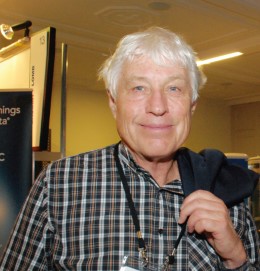
Retired consultant ophthalmologist Dr Mike Mair was an early adopter of electronic health records and remains a passionate believer in technology and improved processes to better serve the needs of both patients and the eye health community in New Zealand.










